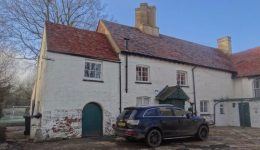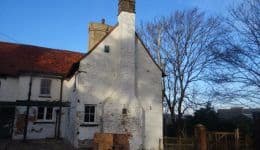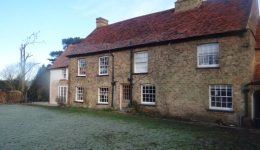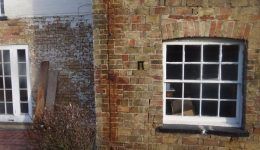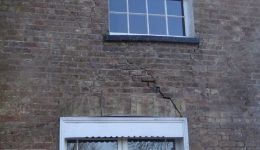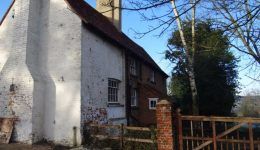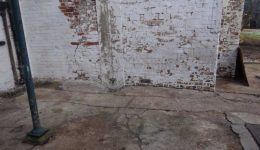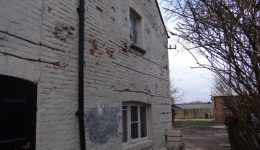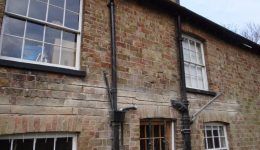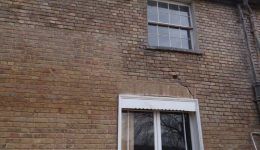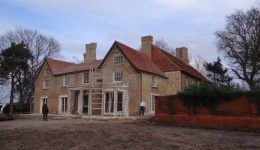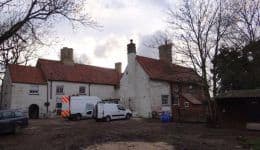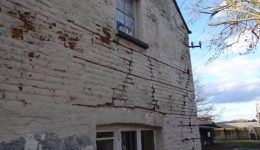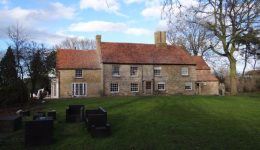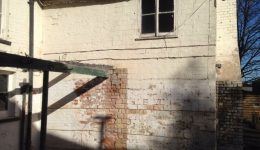
Listed Building Refurbishment North London
Mymms Hall, on the outskirts of North London, is a grade II* listed building which dates back to the earl 16thcentury. In the past additions have been added to the building as well as a late Victorian annexe which had all fallen into a state of disrepair.
Newman’s being a specialist in restoring the external envelope of listed buildings and period properties, were consulted at the initial stages of the design and refurbishment to this listed building and were asked to design a suitable scheme to repair and restore the exterior of this beautiful building.
A modern approach was required in order to conserve and restore the property effectively without any unnecessary disruption to the external structure and with as little damage to its aesthetics.
We carried out soil investigations and, as expected for a property of this age, the foundations were inadequate. With soil samples lab analysed it was agreed with the structural engineer that an underpinning or piling scheme wouldn’t be required and that reinforcement to the superstructure would suffice.
Almost all of the lintels had failed to the entire building causing stepped diagonal cracking in between window heads as well as cracking and separation across the rest of the building which had been caused by excessive ground movement and increased loads.
Ivy and other vegetation had previously grown all over the building and It was deemed necessary to remove the vegetation as root ingress had added to the structural instability by eating the cracks and gaps in between brickwork cause excessive failure of the pointing.
Being a period property originally constructed using lime putty mortar it was essential that all products used to reinforce the brickwork were lime based and provided a sensitive approach to the restoration scheme.
Our engineers designed a scheme that combined over 500 metres of Twistfix bed joint reinforcement to create ‘helibeams’ within the masonry to increase the brickworks load bearing capacity, distribute structural loads across the façade and tie all cracked brickwork. As the building was being re-pointed with lime putty mortar it was essential we didn’t use structural grouts or resins that would create hard spots which would lead to further cracking and movement.
Areas where ground movement had been excessive, had caused major cracking to the brickwork and again Twistfix 2nd generation bed joint reinforcement was selected to distribute structural loads and resist further cracking should ground settlement occur in the future.
A lime based grout was used to provide the required fixing for the Twistfix bed joint reinforcement as well as provide the necessary stabilisation to the brickwork during the repointing process.
The entire building required repointing with lime putty mortar, with bed joints of irregular width and very delicate masonry the extraction of mortar had to be carried out in the traditional manner; by hand. The process is very time consuming but once re-pointed with heritage mortar the reinforcement to the brickwork was invisible and the external envelope was fully restored and set to withstand another century.
Newman’s can help to diagnose structural defects, cracking and movement by arranging a free Structural Survey, contact London and the south East’s leading structural repair specialists for Help, Advice and peace of mind Call 0333 444 0154 or Email info@newmans.com
